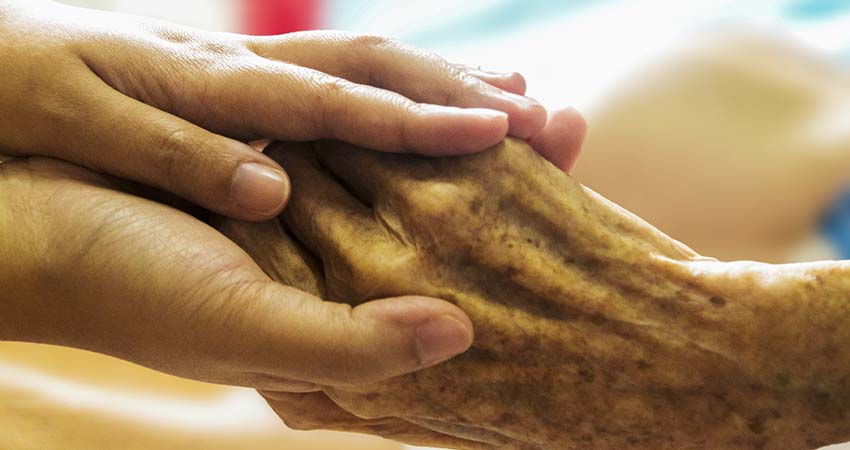There is often confusion when it comes to the terms palliative care and hospice, and they are often used interchangeably. While they have some commonalities, they aren’t the same and there are some important differences.
The definition of hospice care is “Compassionate comfort care for people facing a terminal illness with a prognosis of six months or less, based on their physician’s estimate if the disease runs its course as expected.”
The definition of palliative care is “Compassionate comfort care that provides relief from the symptoms and physical and mental stress of a serious or life-limiting illness. Palliative care can be pursued at diagnosis, during curative treatment and follow-up, and at the end of life.”
So while both provide comfort, palliative care can begin much earlier in the diagnosis or treatment process, whereas hospice care begins after treatment of the disease is stopped and when it is clear that the person is not going to survive the illness.
Who pays for care?
Palliative care: costs are covered by most insurance —from office visits to prescription charges—but the amount of coverage may vary.
Hospice care: costs are paid 100 percent by Medicare, Medicaid and private insurance; hospice is the only Medicare benefit that includes pharmaceuticals, medical equipment, 24/7 access to care, nursing, social services, chaplain visits, grief support following a death and other services deemed appropriate by the hospice agency.
Where does the care happen?
Palliative care: This type of care can be provided wherever you’re being treated for your illness. You can get it in the hospital, at your doctor’s office, in a nursing home, and even in your home.
Hospice care: Most hospice care is done in the place the patient calls “home.” This can include a nursing home or senior living community, as well as hospice centers, hospitals, or other facilities.
Who provides the care?
Palliative care: There are doctors and nurses who specialize in this field, but your own doctor may also provide some of this care. There are many other types of experts who may help you, like social workers, counselors, therapists, and nutrition experts.
Hospice care: In hospitals, hospice centers, senior living communities, and other facilities, care is provided by doctors, nurses, and others who specialize in hospice care. In the home, a family member is usually the main caregiver who also gets help from care experts who are on call 24 hours a day.
Which type of care do I need?
In most cases, the choice between hospice and palliative care depends on the specifics of a person’s illness and situation rather than their personal preference. For example, a person is not eligible for hospice care if they do not have a terminal illness or are undergoing curative treatment for a chronic illness.
Hospice may be the best choice if a person:
- has a terminal illness
- is likely to live less than 6 months
- is no longer pursuing disease-directed treatment
Palliative care may be the best choice for a person who:
- has a serious or life-threatening illness with an uncertain trajectory
- has a life expectancy longer than 6 months
- is still pursuing aggressive treatment aimed at curing or treating the illness
Regardless of the illness, the ultimate goal of both palliative and hospice care is to:
- improve quality of life
- increase overall comfort
- provide emotional support for you and your family
- help you make important decisions about your medical treatment
Neither type of care requires you to give up your primary doctor. Both palliative and hospice care will work with your primary doctor to coordinate and manage your care.
For more information about Noble Horizons’ palliative and hospice care programs, please contact Autumn Cockcroft at 860-435-9851.

